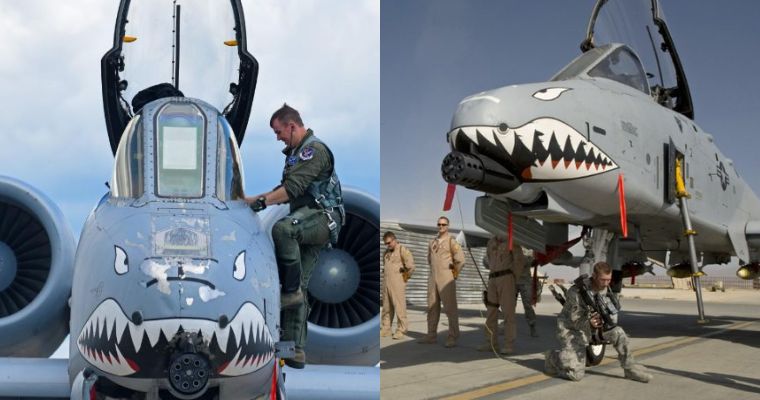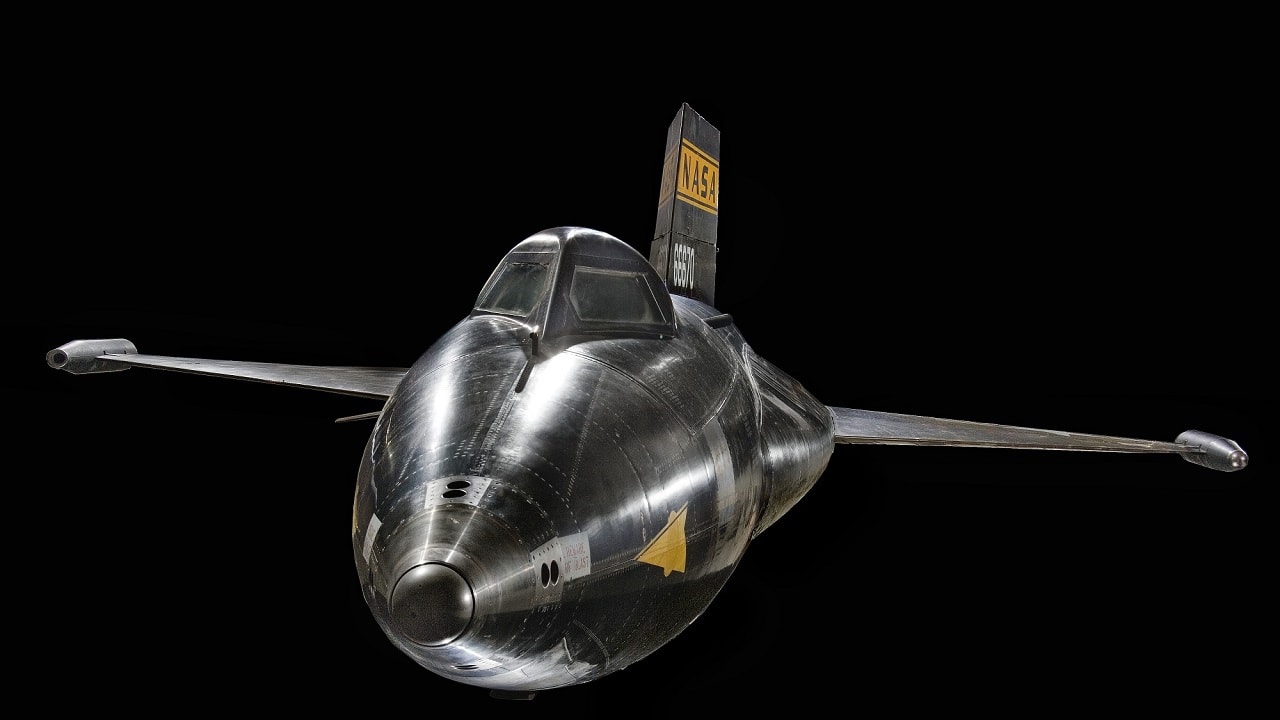
North American X-15, rocket powered experimental aircraft; black titanium skin with wedge shaped horizontal stablizer; yellow stripe NASA inisignia on tail with stars and red bars United States national insignia on wings; white letter text “U.S. AIR FORCE” on the sides of the fuselage.
The X-15 Made History and Broke Speed Records in the Sky – Was this a flying knife? It sure looked like one. The X-15 super plane cut through the sky like no other. Its hypersonic velocity was incredible. It set the record for the fastest speed ever reached by an American airplane – 4,520 miles per hour or Mach 6.72 in 1967. It also got in the record books for reaching an altitude of 354,200 feet – an achievement not bested until 2004. Based on these achievements, the X-15 program could yield clues on how better to help the current hypersonic weapons technology in the United States.
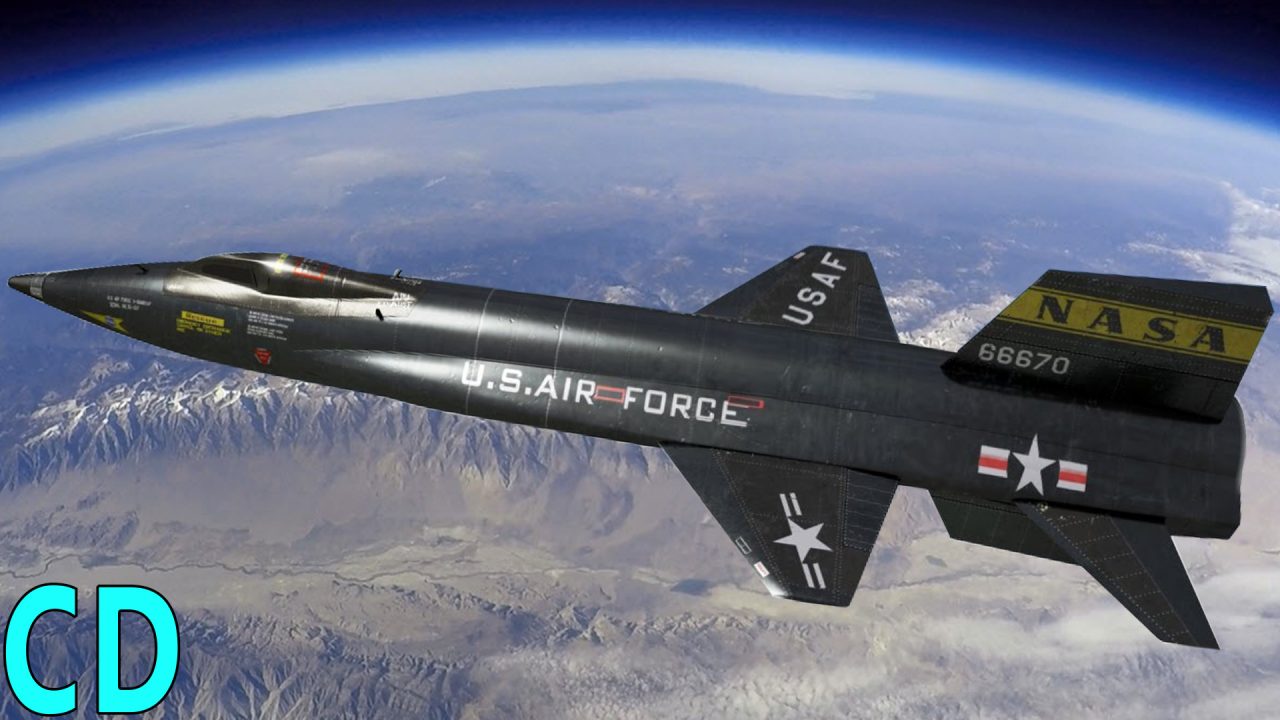
The Flight Didn’t Last Long
The X-15 was carried underneath a NASA B-52. Then it was dropped to 45,000 feet and rose up 4,000 feet per second. The flights only lasted about 10 minutes and the propulsion phase around two minutes because it was limited by the amount of fuel it could carry. Most of the fuel had to be used to blast off from the B-52. The rocket engine produced 600,000 horsepower and 70,400 pounds of thrust, power only seen in some vertical rockets. Then it glided down to land – much like the space shuttle would many years later.
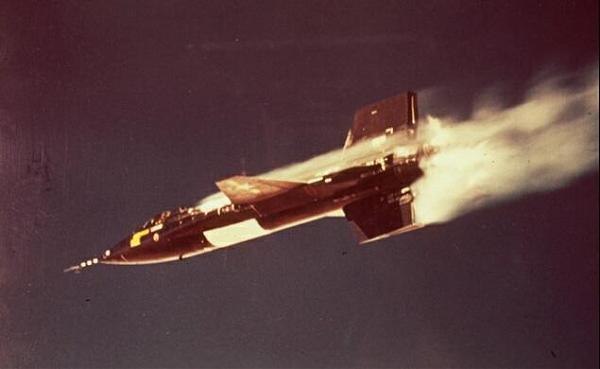
Accidents Sunk the Program
The airplane flew 199 flights from 1959 to 1968. One pilot died after the airplane spun down and broke into pieces in 1967. The advanced ejection system couldn’t save him. Another pilot barely landed after the electrical system blacked out.
It Served as a Research Platform
The X-15 allowed scientists and engineers to collect data on hypersonic, high-altitude flight – research that would be used on the Mercury, Gemini, and Apollo programs. The airplane allowed experiments to be conducted in re-entry and altitude controls that were important for NASA.
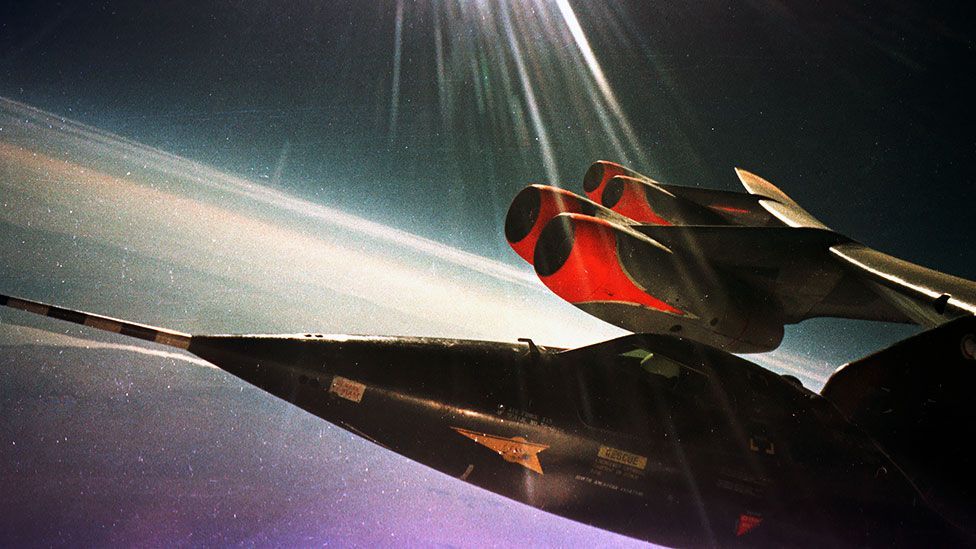
Could the X-15 Program Help Today’s Engineers with Hypersonic Weapons?
Since this was the first manned hypersonic airplane, it makes sense that today’s engineers and scientists could learn from the X-15 by poring over flight logs and other documents. Interviewing former pilots may also help with research.
Clearly, there is an arms race going on with hypersonic missiles, and the Russians and Chinese are leaping ahead with successful tests. Russia has the nuclear-capable Avengard, a hypersonic glide vehicle. China just tested its own hypersonic glide vehicle this summer that flew around the globe. The U.S. military needs to understand what exactly happens in hypersonic flight. Also, to learn how to make hypersonic development affordable.
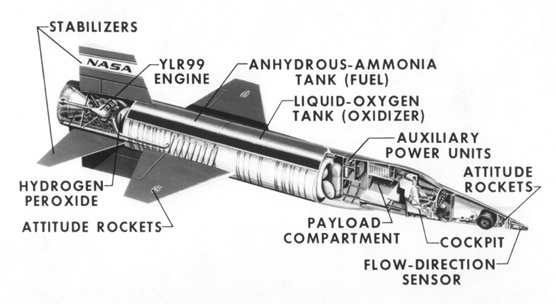
In September, the U.S. fielded a positive test for a hypersonic cruise missile called the Hypersonic Air-Breathing Weapon Concept. This came after two earlier failed tests this year on hypersonic boost-glide technology. The Army is receiving various logistical components for its Long-Range Hypersonic Weapon system, known as Dark Eagle.
Maybe it’s time that the X-15 program was re-examined and studied in more detail. The United States needs to create and maintain any technological edge possible in hypersonics, since the Russians and Chinese are leaping ahead.
Source: 19fortyfive.com






